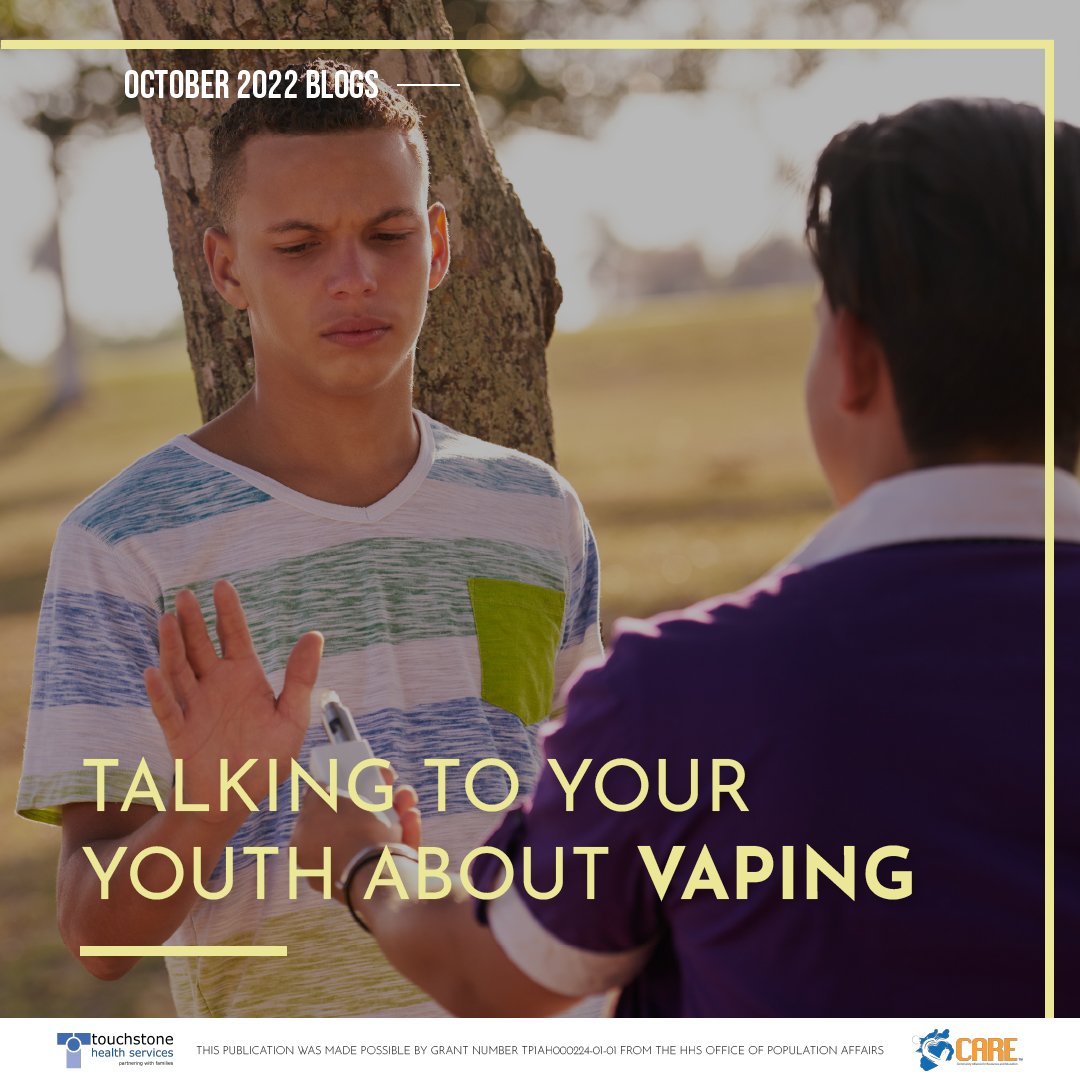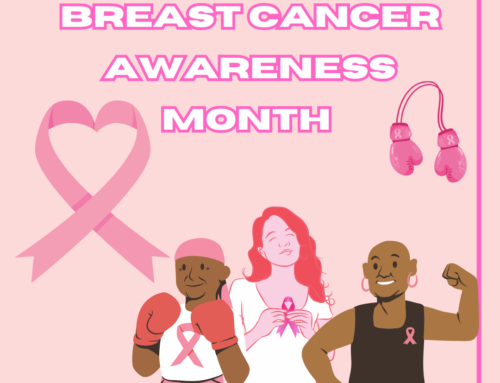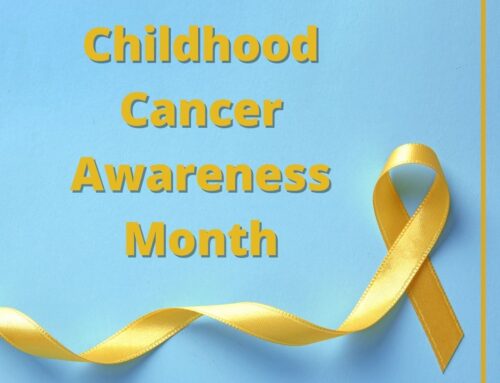Talking to your youth about vaping
Greetings readers!
Today we are going to be getting into the facts of vaping. It is difficult to stay up to date with the most current research because our understanding of the effects of vaping is rapidly evolving. Vaping is becoming so normalized that a whole new generation is getting addicted to nicotine. It is important to educate yourself now more than ever! Before we dive in, here are this week’s affirmations:
So, what is vaping? It’s inhaling vapor, usually containing nicotine, through an electronic cigarette. Typical vapes have a battery, an atomizer that heats the liquid to become vapor, and a cartridge to store the liquid (often called vape juice or e-liquid). Vapes come in many different shapes, sizes, and colors.
Vape usage is easier to hide than smoking cigarettes, which is why it is important to be vigilant. Vape juices often have fruity flavors and smell, but there are also flavorless options that do not have a scent. Vapes are small, easy to conceal, and easy to use. Vape juices do not leave long-lasting smells and are preferred over cigarettes for convenience. All of these reasons contribute to rising youth vape usage.
From a 2021 study by the CDC, 11.3% of high school students and 2.8% of middle schoolers reported current e-cigarette use. Youth makes up 60.8% of all e-cigarette users.
A common belief about vaping is that it’s better for you than cigarettes, however, the long-term health effects of vaping are not yet well known. Here are some things we know: vapes contain addictive carcinogens like nicotine, so vaping causes similar damage to the body as cigarettes. People who vape have a higher prevalence of lung disease compared to those who do not vape. Research has led to the discovery of EVALI, an electronic vape-associated lung injury. Yes, vapes injure the lungs, just like cigarettes do. The CDC disapproves of vaping as a smoking cessation aid.
Here’s how YOU can be a Prevention Partner:






